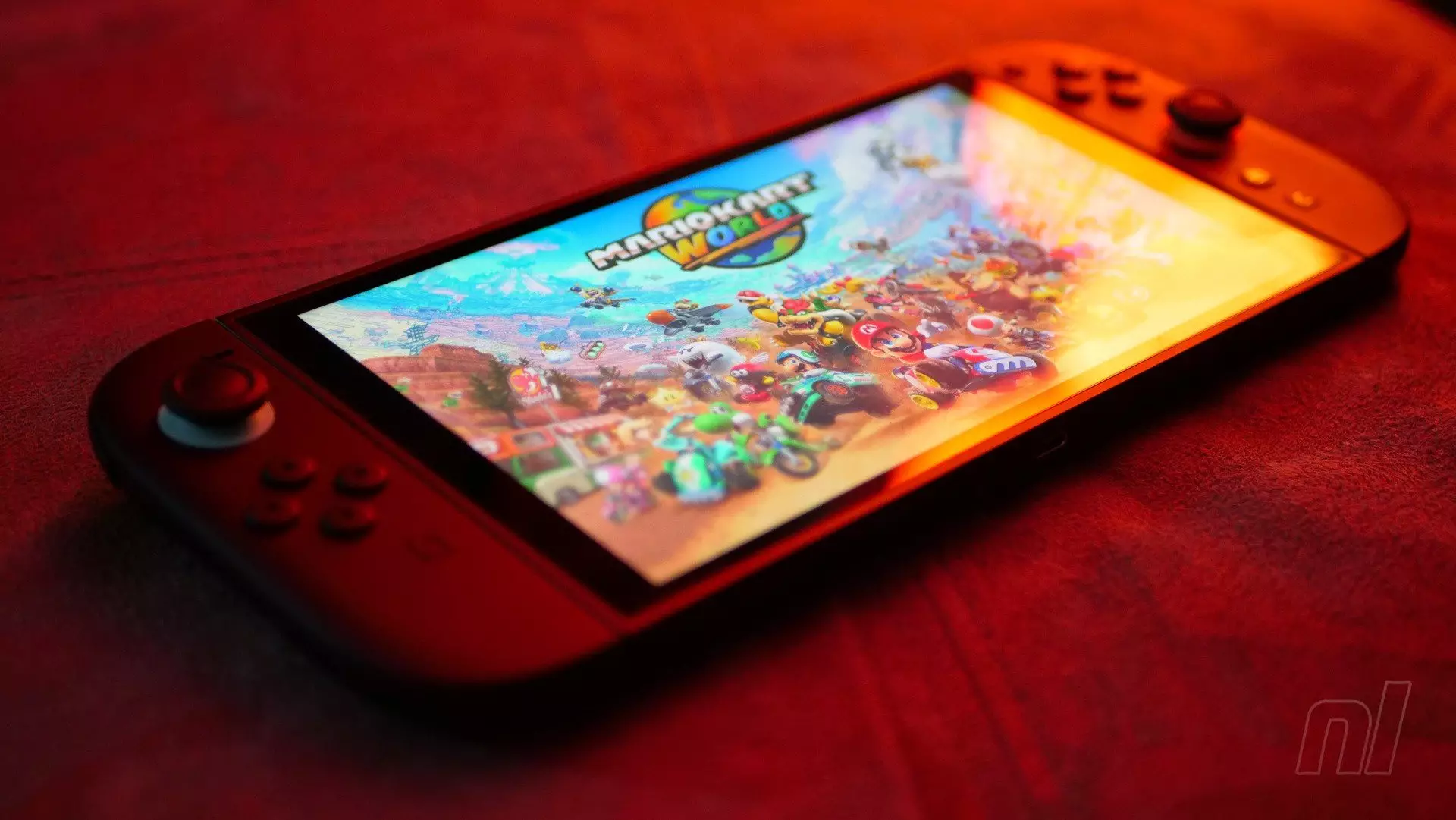The anticipation surrounding Nintendo’s Switch 2 was palpable; a console that promises enhanced graphics, faster processing, and an overall richer gaming experience. To support these advancements, Nintendo integrated a more sophisticated cooling system, including a fan in the dock—an expected step given the increased hardware demands. However, early reports from Japan have introduced an unwelcome twist: overheating issues that threaten to undermine the console’s reputation for reliability and fun. While such problems are not uncommon with new hardware releases, the reports seem more serious than typical teething pains, raising questions about whether Nintendo might have underestimated the thermal challenges of their latest creation.
Ambiguous Reports and the Complexity of Overheating Diagnoses
Initial user feedback paints a mixed picture. Some gamers report drastic symptoms such as consoles becoming uncomfortably hot to hold, or experiencing game crashes coinciding with audible surge in fan noise. For example, a user shared that their device was so hot they couldn’t physically grip it, suggesting extreme thermal stress. Others mention the fan spinning at high speeds, which, although a sign of cooling efforts, can be disruptive and symptomatic of underlying thermal management issues.
Interestingly, these reports are not always conclusive. A user’s account indicates that a game freeze coincided with the fan roaring but stops short of definitively linking it to overheating. Such ambiguity complicates the narrative, highlighting the difficulty in distinguishing between normal fan operation during demanding gameplay and genuine thermal distress. It also underscores that software glitches or other hardware malfunctions could be at play, making it essential for both users and Nintendo to approach these reports with nuanced skepticism.
Environmental Factors and Nintendo’s Guidance
The role of external conditions cannot be overlooked. Nintendo itself emphasizes environmental awareness, cautioning users against placing the device near sources of heat or in cramped spaces where heat can accumulate. Proper ventilation becomes all the more critical in a high-performance device like the Switch 2. Interestingly, many cases of reported overheating originate from settings with potentially obstructed vents or high ambient temperatures—conditions that exacerbate existing design limitations.
While some early adopters attest that their consoles remain cool during extended play sessions, the mounting chatter indicates that overheating could be more than an isolated incident, especially if the device is used improperly or in unsuitable environments. This raises a broader issue: as hardware becomes more powerful, managing heat effectively becomes paramount, and Nintendo’s approach might need reassessment.
Is the Overheating a Fluke or a Fundamental Flaw?
From a critical perspective, the situation reveals a common dilemma with new technology: balancing innovation with reliability. Early reports of overheating should not be dismissed outright but should prompt a thorough investigation. Nintendo, a company known for sturdy build quality and player-centric design, faces the challenge of addressing these hardware concerns swiftly. If overheating proves widespread or persistent, it risks damaging brand trust and alienating early adopters who invested in what was advertised as a cutting-edge gaming machine.
In my opinion, the initial signs point toward a need for Nintendo to revisit their thermal management strategies. This could involve firmware updates to optimize fan control, manufacturing adjustments to improve heat dissipation, or clearer instructions for environmental setup. Given how critical hardware stability is to the overall gaming experience, overlooking these issues could be detrimental in the long run, especially with a console that aims to push technological boundaries.


Leave a Reply